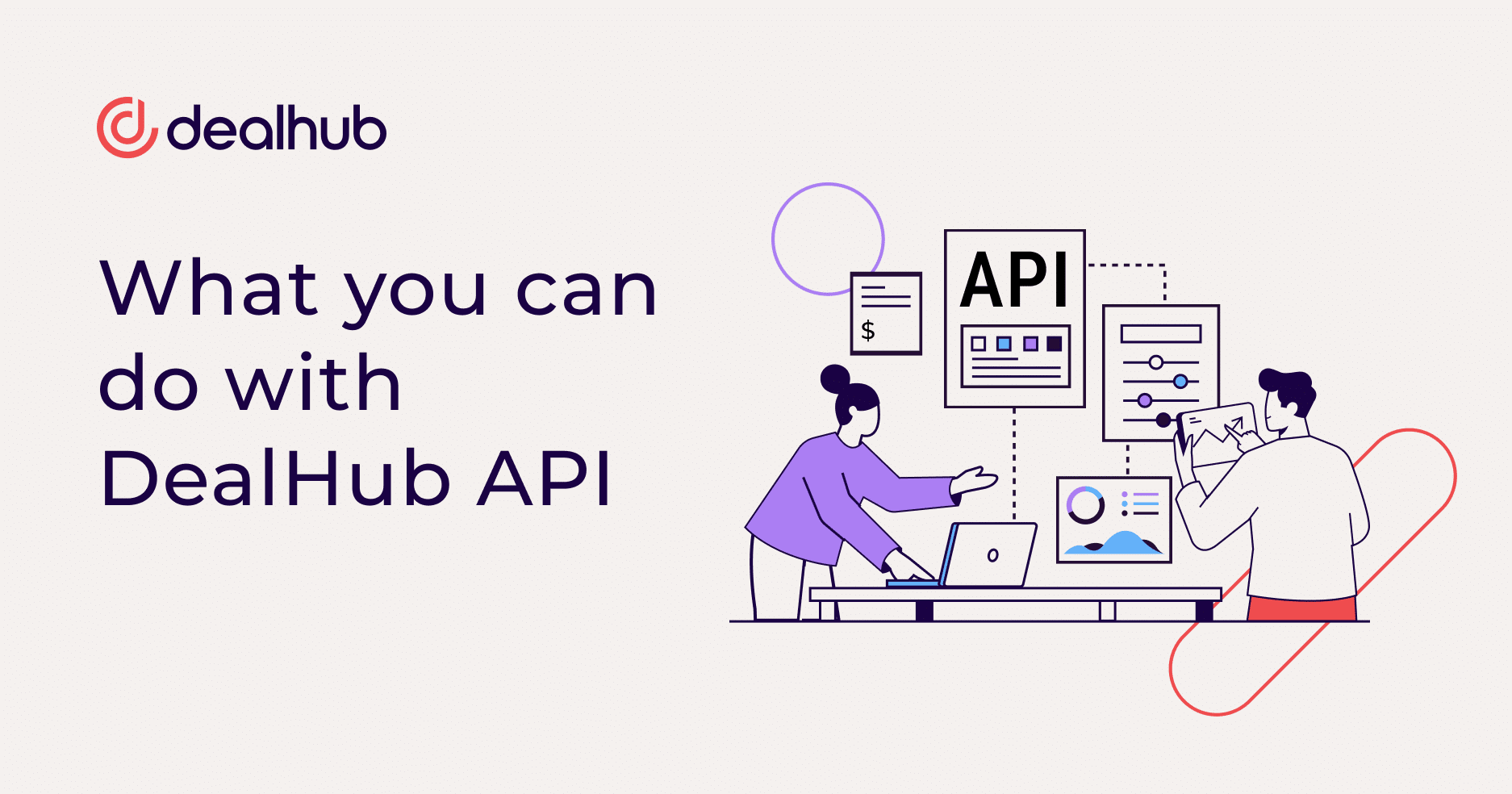Of course, I understand why numbers and charts mesmerize sales managers. Your leaderboards track some seductive sales metrics… things like who is meeting or exceeding their quotas… who has jumped ahead on dials per day… who is crushing the competition on average deal size.
The funny thing about all this number obsession, however, is that something critical to your sales success can get lost while you stare hypnotically at your leaderboard: your customers and their needs.
As a best-selling business author, Bob Burg succinctly puts it:
“Nobody is going to buy from you because you have a quota to meet. They are going to buy from you because they see the value in doing so.”
It’s not enough to just pinpoint which of your reps are consistently at the top of your sales leaderboard and congratulate them on their success. Your top producers are obviously doing something better than the rest of your team in answering customer objections, showing your products’ value and closing deals. To help everyone on your team consistently up their game, bear the following metrics in mind when reviewing sales figures:
Sales Metric #1: Closed-Won Opportunity By Revenue
A recent analysis showed that reps with a high rate of closed-and-won sales opportunities communicated more often with customers. On average, it took these top sellers 34.9 emails per closed-won opportunity versus 7.2 emails for closed-lost opportunities.
The big takeaway: You sales stars communicate consistently and effectively with their prospects. As a sales manager, you should encourage and enable your lower-performing reps to improve the quality and quantity of their customer communication.
Sales Metric #2: New Business Versus Repeat Customers
Getting new prospects into the funnel and converting them into customers is key to growing any business. But what do the numbers tell us about the value of a repeat customer?
The data convincingly proves the wisdom of building a return customer relationship. While the odds of selling to a new pre-qualified prospect range from 5% to 20%, the odds of selling to an existing customer are 60% to 70%. On average, it will cost your company 6 to 7 times more to win a new client than to maintain an existing one.
The big takeaway: Your top reps appreciate the value of the return customer and nurture this relationship well beyond the first, second or third sale.
Sales Metric #3: Average Deal Size
Reps using a CPQ solution (Configure-Price-Quote) achieved a higher average deal size or contract value than non-CPQ using reps. Using this automated tool, sales reps can improve the accuracy of their quotes, proposals, and contracts, along with increasing the speed at which they produce them.
How much impact does using an efficient quoting system have on sales? Well, a recent study showed that CPQ users rang up an average deal size of $432,000 versus $211,000 for non-CPQ users — that’s an increase of 51% for CPQ users.
Sales Metric #4: Lead Conversion Rate
Sales managers keep close track of their team’s lead conversion rate for good reason. It’s the metric that tells them whether all the effort their reps have put into cultivating their leads has yielded the biggest reward of all—the conversion to sale.
A new report shows that the lead conversion rate for companies utilizing CPQ solutions was a full 5% higher than their non-CPQ competitors. CPQ users had a conversion rate of 35%, compared to 30% for all others.
Sales Metric #5: Number of Proposals Generated
A recent analysis of best-in-class sales teams revealed that CPQ users are more likely to achieve their quota. They also showed an increase in proposal volume. Sales reps using CPQ tools sent out 49% more contracts, proposals, and quotes to prospects and customers than their counterparts did.
The big takeaway for sales metrics 3 – 5: Best-in-class companies achieve significant gains over their competitors across a variety of metrics by providing their reps with the sales enablement tools needed to close deals more often and more quickly.
Today’s best-in-class managers realize that it’s not enough to look at sales metrics alone. These managers study the underlying reasons why some sales reps outshine others. Reaching out to customers using good communication techniques, nurturing returning customers and using the best sales tools available help top reps boost sales and profits for their companies. Aren’t these the kind of results you want to help your reps achieve as well?
Article originally published September 15, 2015. Updated July 17, 2018.




